Fifty Years of Wild and Scenic Rivers: The White Salmon River
A closer look at how a popular whitewater river gained Wild and Scenic protection, and why a dam removal added to the enjoyment of this special watershed.
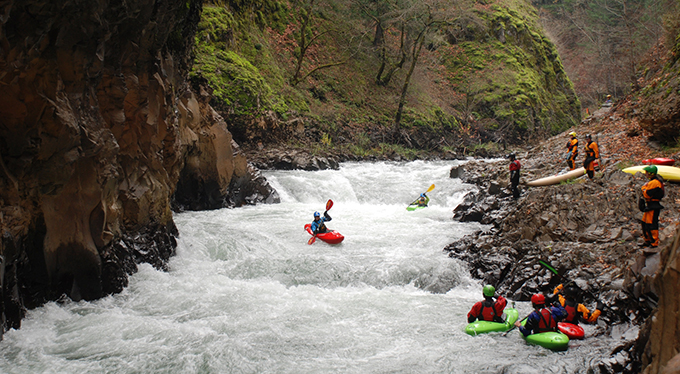
This is a guest blog by Gregory Fitz and Dakota Goodman.
In October of 1968, President Lyndon B. Johnson signed the National Wild and Scenic Rivers Act into law. The legislation had been sponsored in Congress by Senator Frank Church of Idaho. The National Wild and Scenic Rivers system was conceived around the remarkable idea that some rivers were so valuable to the cultural and environmental legacy of a region that they, and some of their surrounding area, should be preserved as natural, free-flowing waterways for the benefit and enjoyment of future generations. Since then, almost 13,000 miles of 208 rivers across the country have been protected. Six of those rivers are in Washington.
To celebrate the 50th anniversary of the National Wild and Scenic River Act, we’re going to spend some time over the course the year telling the stories of Washington’s designated rivers: Illabot Creek, the Klickitat River, the Pratt River, the Skagit River, the White Salmon River and the Middle Fork of the Snoqualmie River. Each is a unique part of Washington’s astounding network of rivers and each earned its designation in the national system through the hard work and foresight of advocates.
We’ll begin with the White Salmon River, one of the initial rivers in Washington to earn the National Wild and Scenic River designation.
The White Salmon River
The White Salmon River originates among the glaciers and snowpack of Mount Adams. It flows South 44 miles to join the Columbia River an hour’s drive east of Portland, Oregon. Its watershed encompasses approximately 400-square miles. It is a tumbling, fast moving river that flows through a long, vertical wall gorge and contains a series of Class III-V rapids, placing it among the most popular whitewater rafting and kayaking rivers in the Columbia River basin, with many expert paddlers flocking to the lower gorge, challenging even the most experienced boaters.
The river supports a healthy population of rainbow trout. Historically, it also supported substantial runs of steelhead, coho salmon, and fall and spring Chinook salmon. The construction of Condit Dam in 1913 blocked those migratory species. When the dam was breached in 2011, salmon and steelhead were able to reach upstream spawning habitat for the first time in nearly one hundred years. Standing 125 feet tall, Condit Dam was the largest dam removed in the United States until both Elwha River dams were knocked down a couple years later.
The White Salmon River flows through the ancestral territory of the Klickitat People. They are a Shahaptian tribe and many are currently enrolled members of the Confederated Tribes and Bands of the Yakama Nation. The Klickitat People encountered Lewis and Clark’s expedition in 1805.
National Wild and Scenic Rivers Designation
Two sections of the White Salmon River have been set aside as part of the National Wild and Scenic Rivers system. The first, lower reach, begins at the confluence with Gilmer Creek, near the town of B Z Corner, and runs to the confluence with Buck Creek. It was designated in 1986. The second, upper reach, runs from the headwaters to the boundary of Gifford Pinchot National Forest and includes Cascade Creek from its headwaters to its confluence with the White Salmon. This second reach was designated in 2005. The two sections represent 27.7 miles of the White Salmon River, but they are not contiguous.
Condit Dam had been built in 1913 and by the 1970s, seven additional dam projects were being proposed along the White Salmon. Advocates feared these dams would bury the river’s dynamic character and bedrock geology underneath endless acres of reservoir water. A passionate group of volunteer advocates formed the Friends of the White Salmon River and worked tirelessly to prevent the proposed dams. Fortunately, they were successful, but their advocacy didn’t end when the dams were stopped.
A broad coalition of local residents, business owners, environmentalists and management officials began to push for the White Salmon to be included in the National Wild and Scenic Rivers System. The pointed to the water quality, basalt gorge, timber resources, whitewater recreation, a Native American longhouse and cemetery and the potential to restore anadromous fish populations as reasons for its protection. The opportunity arrived in 1986 when the Columbia River Gorge National Scenic Area Act was signed by President Reagan. Because the confluence of the Columbia River and White Salmon River is within that designated area, it made perfect sense to also designate the lower reach of the White Salmon as a National Wild and Scenic River.
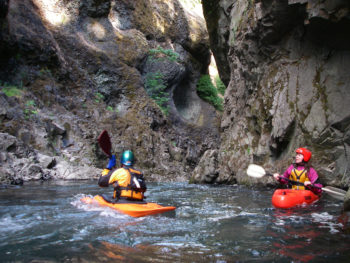
Steve Stuckmeyer and Megi Morishita drop into the White Salmon Narrows below Condit Dam on the White Salmon River. Photo by Thomas O’Keefe.
After the designation of the lower reach, the broad coalition of advocates kept working. They pushed for the additional designation of the headwaters to preserve the White Salmon’s unique geology, steady flow of cold, clean water and native fish habitat. Partnering with managers in Washington and the U.S. Forest Service, they were eventually able to get the upper reach added to the Wild and Scenic Rivers National System in 2005.
Simultaneously, many of the advocates were working to breach Condit Dam. After many false starts and intense dialog between government agencies, local communities and the power company that owned the dam, this would happen only a few years later.
The Wild and Scenic White Salmon River: Today
Due to its consistent flow and steep gradient, thousands of boaters race along the White Salmon’s rapids, waterfalls and gorge every year. The removal of Condit Dam added five miles of additional river to run. This recreational traffic supports a robust tourist economy and provides visitors a thrilling opportunity to experience an aggressive Washington river in its glory.
As the rafters and kayakers head downstream, native fish are swimming upriver again. Researchers are finding steelhead and salmon spawning in the site of the old reservoir and, especially, on the headwater gravel and tributaries protected and preserved by the Wild and Scenic River designation. With a bit of luck, their numbers will continue to grow as the fish continue to take advantage of protections provided by this important legislation.
Next month, we’ll be profiling the Klickitat River, another one of the six Wild & Scenic designated rivers in Washington.
In celebration of the 50th Anniversary of the Wild and Scenic Rivers Act, we have teamed up with a number of partners and outdoor gear companies to collect 5,000 wild-river stories and to protect 5,000 more miles of such rivers nationwide. Share your story and learn more.

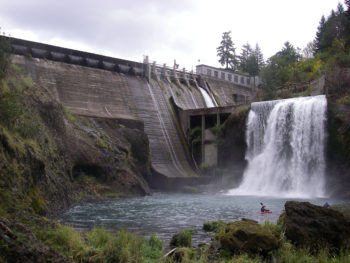
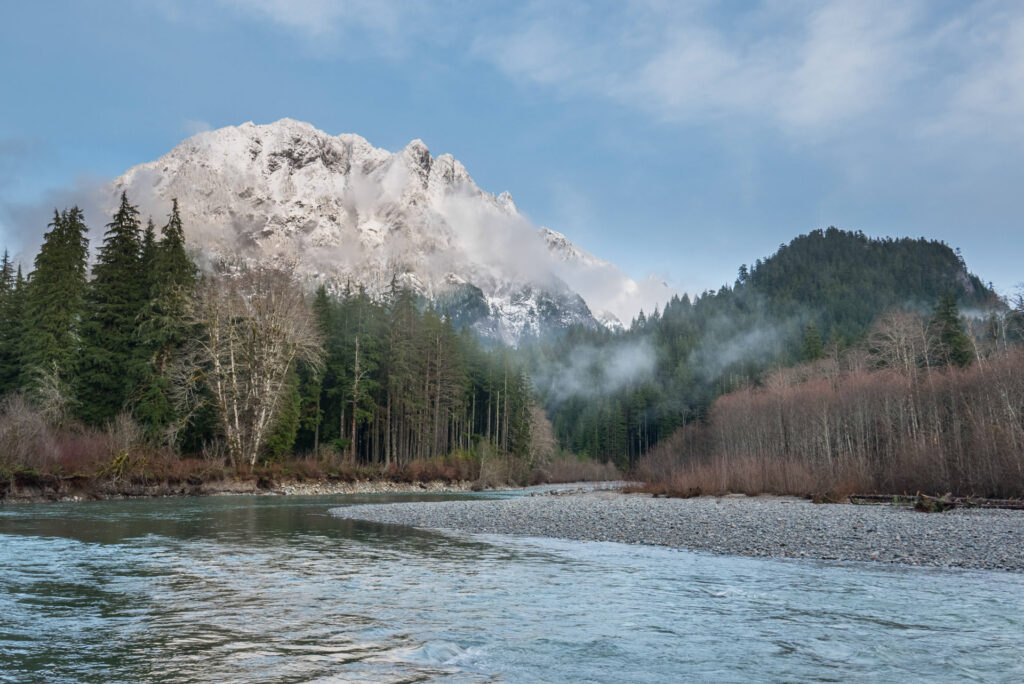
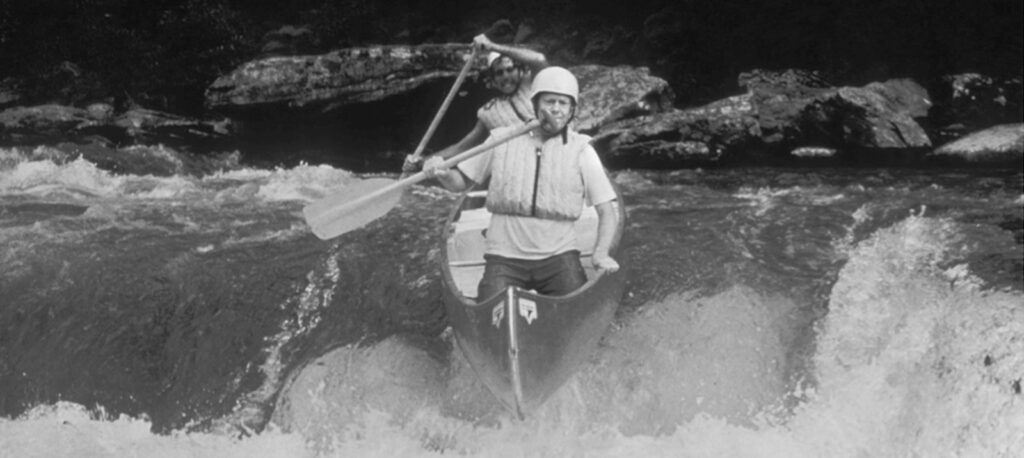
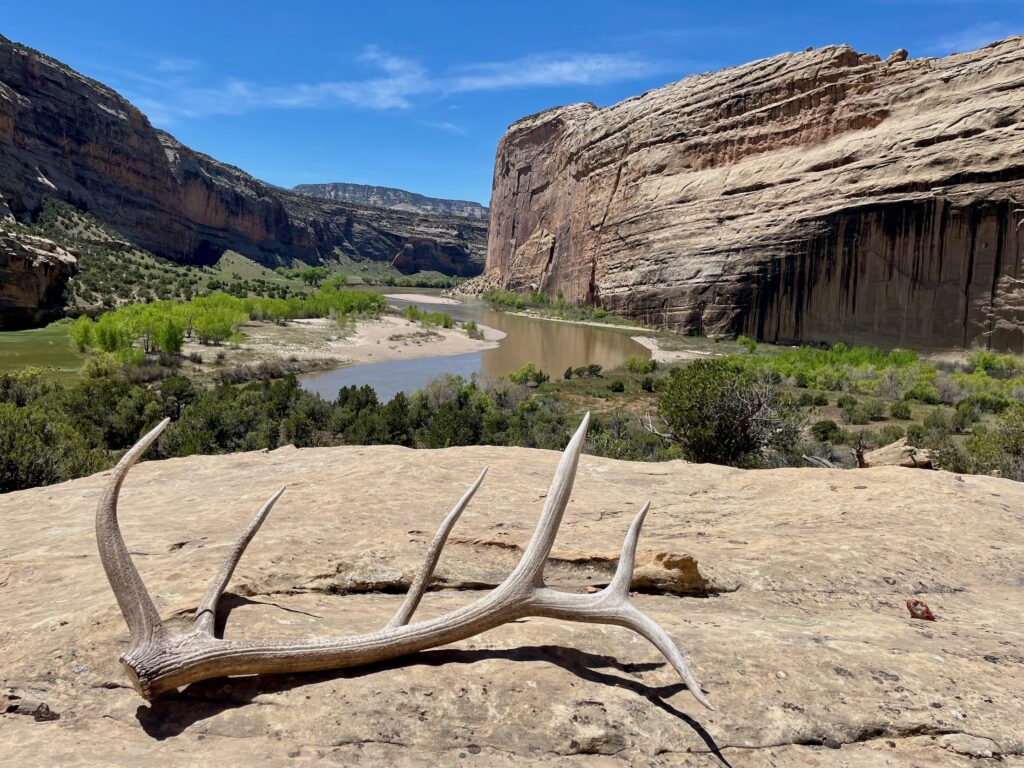

2 responses to “Fifty Years of Wild and Scenic Rivers: The White Salmon River”
Thank you for pointing this out, Ben, and the correction has been made. The only thing we can surmise is that the collaborative nature of this blog post allowed the specifics of the lower gorge run to be portrayed incorrectly. Thanks again for correcting us. Additionally, we always recommend before paddling any new section of water to consult a current guide book or local outfitter for up-to-date conditions.
Great article. But….. There are lots of class 5 rapids on the White Salmon, so rating it class 3-4 is misleading especially for the cascade sections, and the truss sections. Husum and Steelhead falls on the lower are class 5 ish in a raft anfd for any craft at higher flows. Please be careful when you rate rivers with a lower rating, this river is popular. Calling BZ falls, Big Brother, Double Drop, Lava. and Zig Zag class 4 is at best inaccurate….